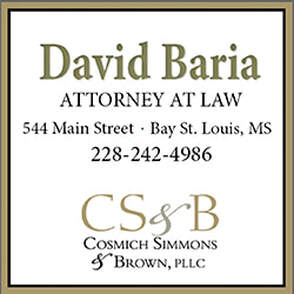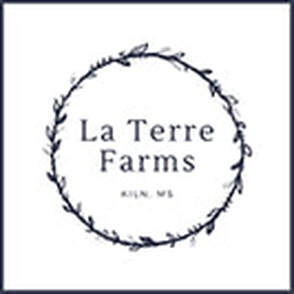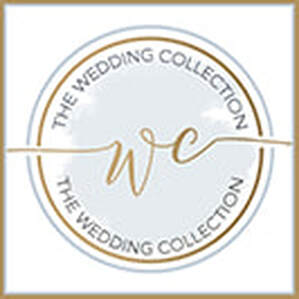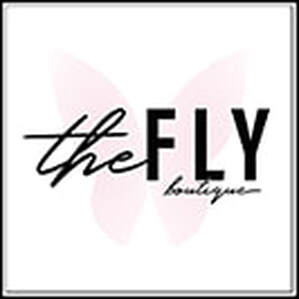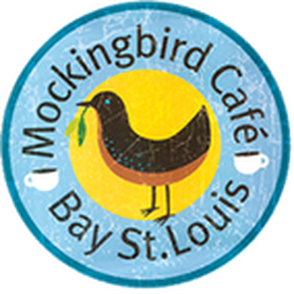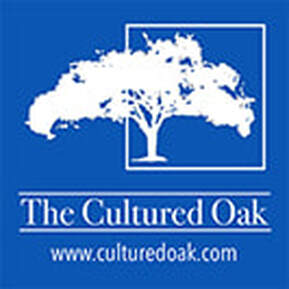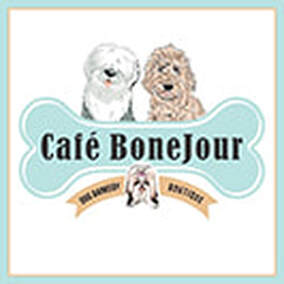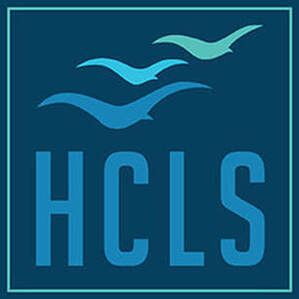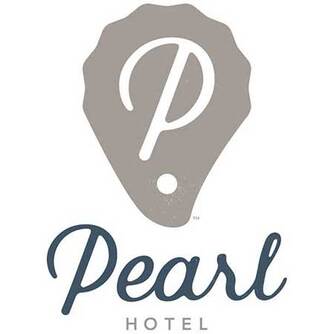How to build a pollinator garden and attract butterflies, hummingbirds and bees to brighten the long summer days.
- by Wendy Sullivan
Pollinators help plants reproduce and develop our ecosystem. Some species of pollinators, particularly butterflies, have seen a significant decline in recent years due to habitat loss, pesticide use, and diseases.
In response to pollinator losses, there has been a surge of interest in planting milkweed plants for monarch butterflies, but there are many different plants needed to sustain the variety of butterflies and bees in our area. Providing food for variety of butterflies and bees – as well as caterpillars – requires providing a diversity of plants with an array of colors and flower sizes. A large, lovely bumblebee may not fit into a tiny coreopsis, but it finds the broad, open coneflower a perfect fit. That yellow and green caterpillar may need several of its favorite plants to sustain it before transforming into a chrysalis. Building a pollinator garden can be as simple as a potted herb garden – or as complex as a field filled with wildflowers. Designing a garden that fits one’s needs, skills and space includes consideration of room to plant, costs, and time commitment for upkeep. For those who have small lots or apartment balconies, pots of perennial herbs can offer a condensed, yet attractive pollinator garden that’s also a culinary delight. According to Dr. Christian Stephenson, agriculture extension agent for Hancock County MSU Extension Services, bees and butterflies especially like the following herbs: chives, marjoram, thyme, catmint, mints, bergamot, parsley, fennel, and basil. Hardy herbs can also be interspersed among flowers in larger pollinator beds. Larger pollinator beds can be open fields or raised beds such as the one planted by the Hancock County 4H Children’s Garden Club in mid-March. After preparing the bed with soil and fertilizer, the children put in a variety of plants including angel’s trumpet, Black Eyed Susan, coreopsis, Joe-Pye weed, verbena, salvia, and milkweed. Basil, mint, marjoram, and other herbs were intermingled under the larger plants, since they would not need as much light. This 4H project raised bed is located next to the new MSU Extension Office at 11704 Hwy 603 in Kiln. It is a demonstration pollinator garden and will feature a webcam for long-distance enjoyment. Because pollinator beds are generally decorative in nature, the plants do not need to be in neat rows. At the Bay St. Louis Community Garden on Bookter Street, the pollinator beds are raised in the center allowing larger plants to put down deeper roots. With smaller plants along the edge, the garden is attractive and allows for a full view of the bees and butterflies enjoying a buffet among the flowers. More information on pollinator desirable plants and trees for Hancock County are available through the MSU Extension Services at https://extension.msstate.edu/ Dr. Christian Stephenson has a recorded presentation of pollinator gardens which we've included below: Enjoy this feature?
Enjoy the Shoofly Magazine? Reader donations help underwrite correspondents who write about and photograph our community. But fewer than one percent of our monthly readers chip in.
Use the button below now to keep 'em coming! Comments are closed.
|
Categories
All
Archives
July 2024
|
Shoofly Magazine Partners
Our Shoofly Partners are local businesses and organizations who share our mission to enrich community life in Bay St. Louis, Waveland, Diamondhead and Pass Christian. These are limited in number to maximize visibility. Email us now to become a Shoofly Partner!

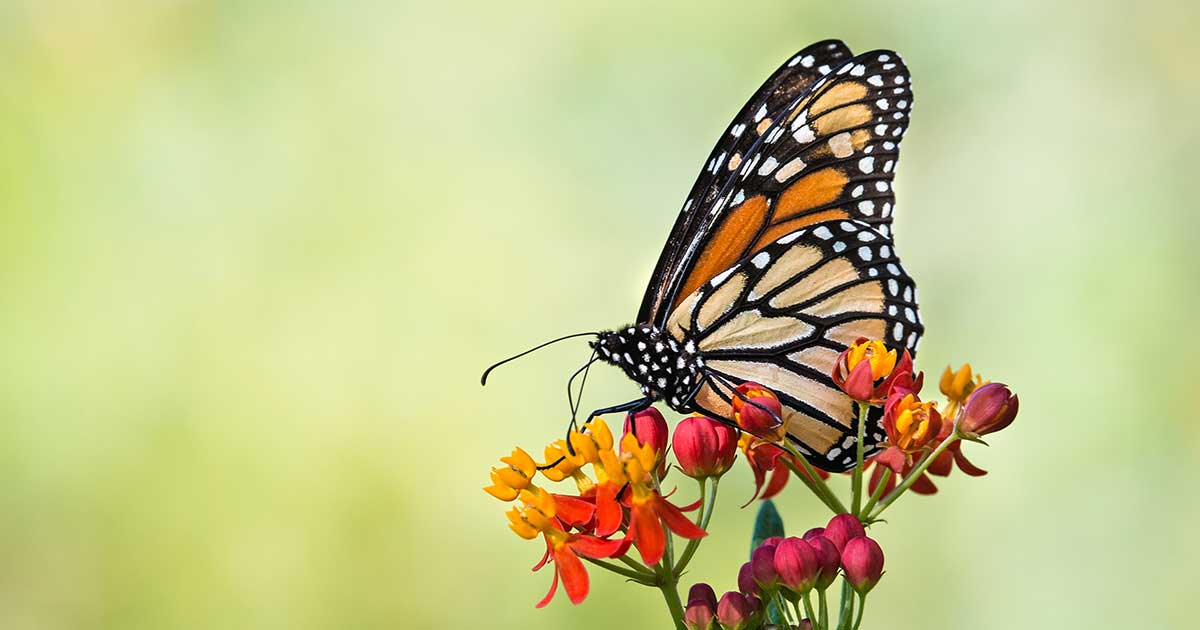
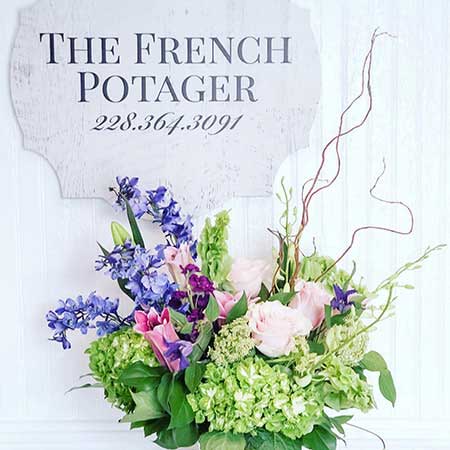

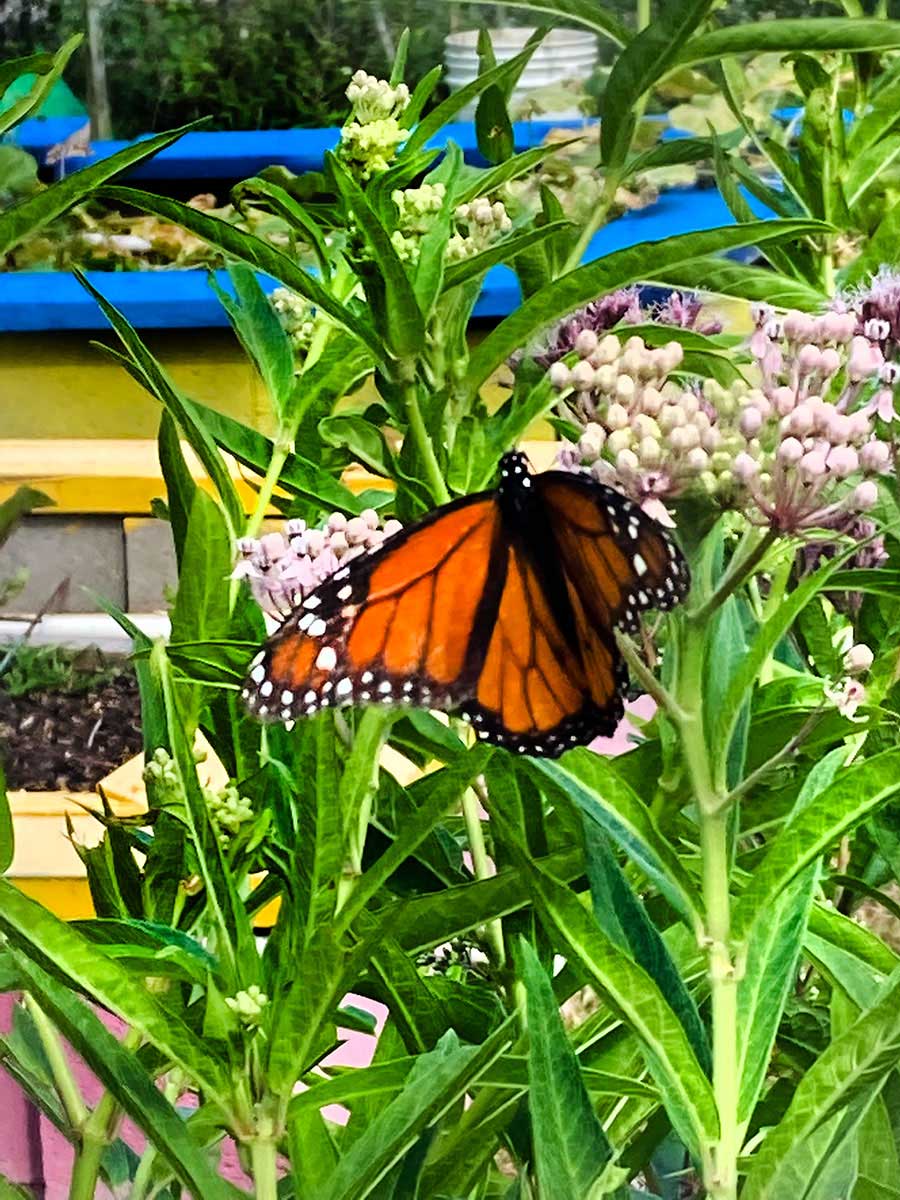
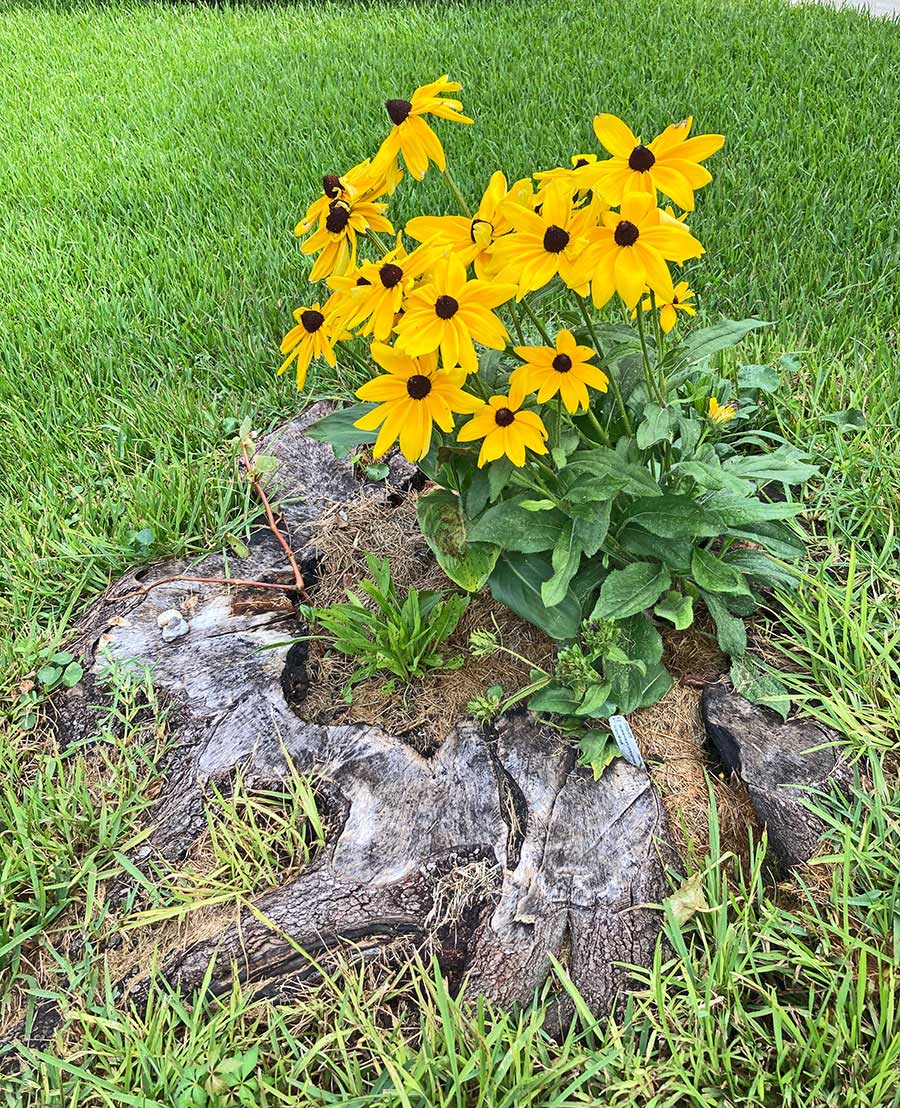
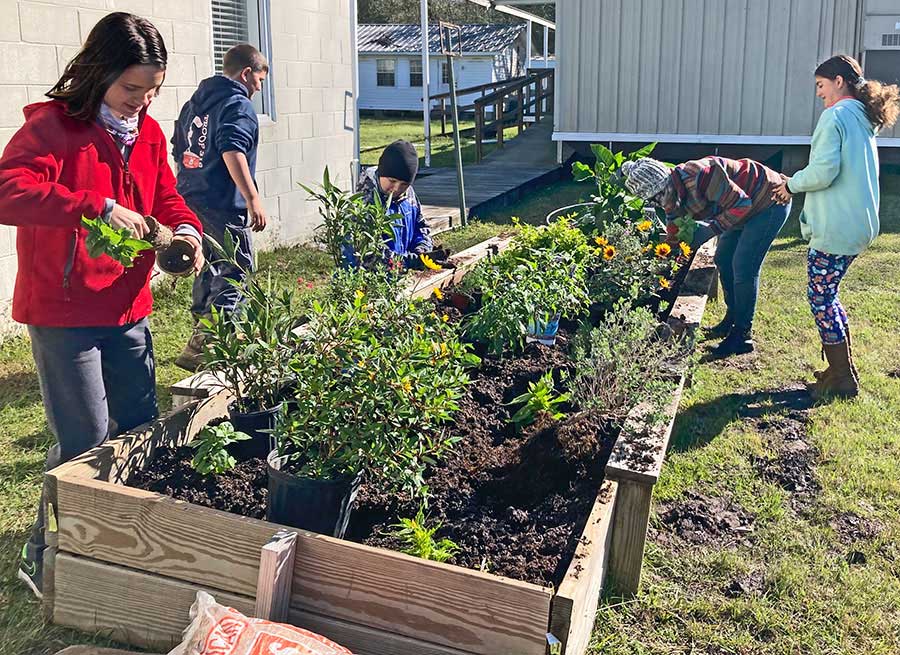
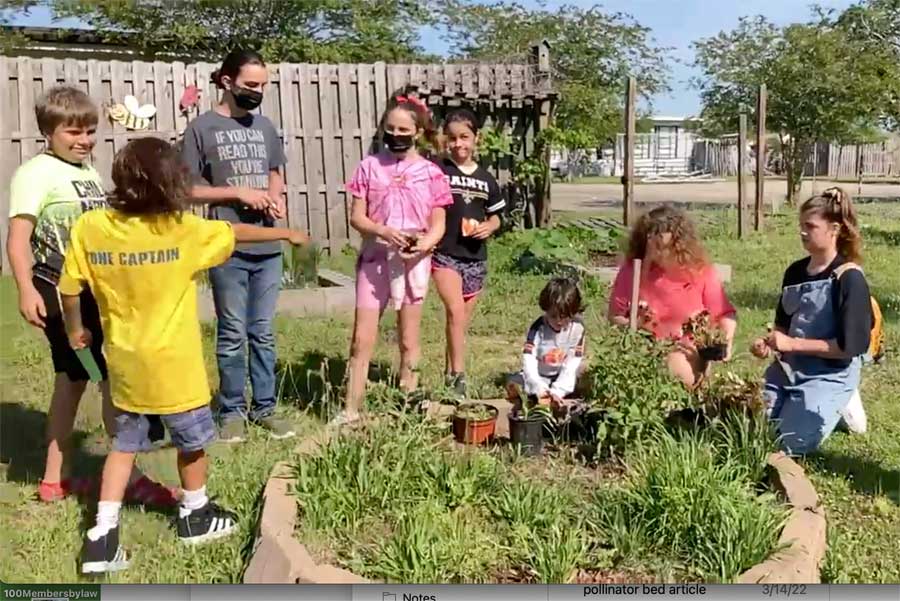




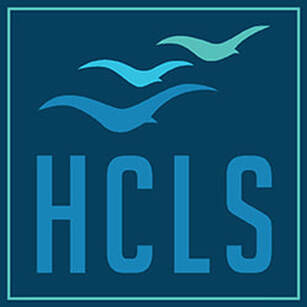

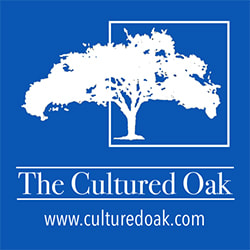


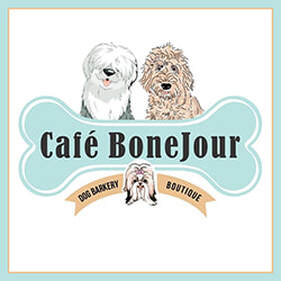
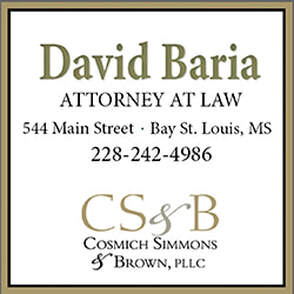

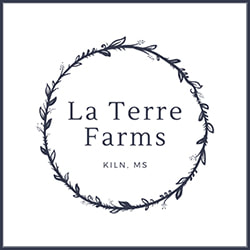



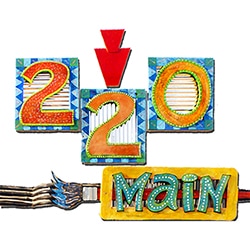


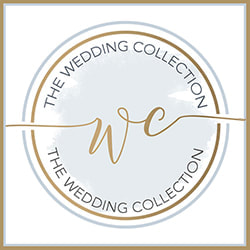

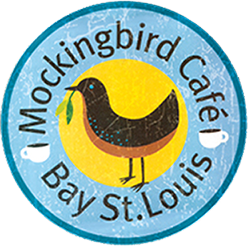

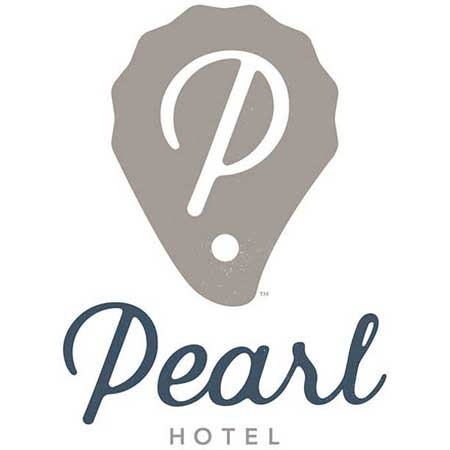


 RSS Feed
RSS Feed


